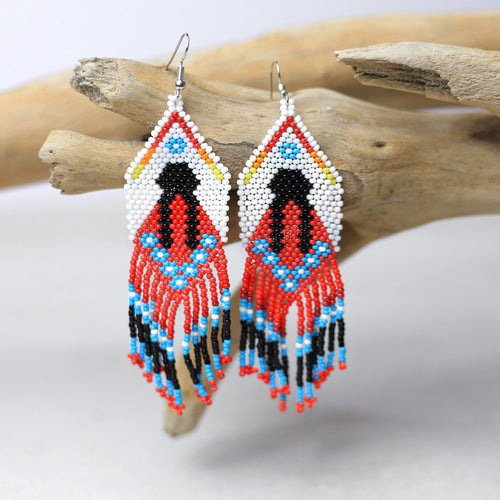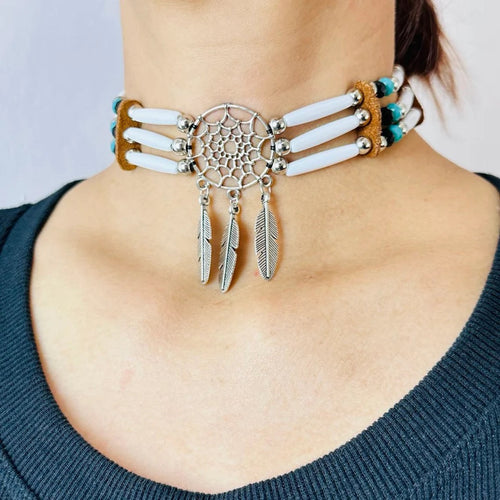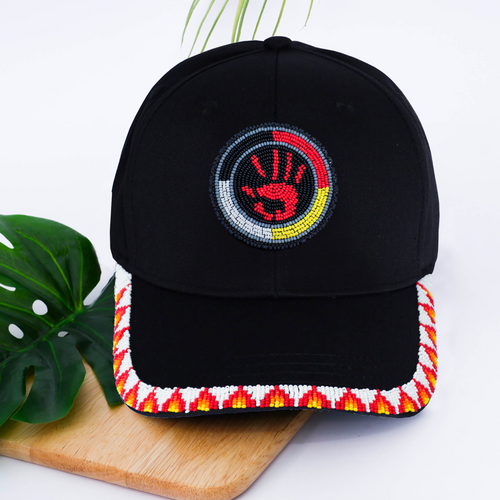What is the Red Dress Campaign?
The Red Dress Campaign is one of the most powerful movements to raise awareness about the Missing and Murdered Indigenous Women (MMIW) crisis. This campaign uses a red dress as a visual representation of the lives of Indigenous women and girls who have been lost, either through violent acts or disappearance. The striking visual of the red dress hanging in public spaces has become a symbol of both mourning and resistance, demanding justice and recognition for Indigenous women who are often overlooked by the media and legal systems.
The Significance of the Red Dress
The red dress is not just a piece of clothing; it is a symbol of the many Indigenous women and girls who have gone missing or been murdered, and their stories have not received the attention they deserve. The color red holds significant meaning in Indigenous cultures, often associated with strength, vitality, and protection. In the context of the Red Dress Campaign, it also symbolizes the spirit of those who have been lost, as well as the fight for justice and remembrance.
The visual of a single red dress hanging in a public space acts as a powerful reminder of the violence that Indigenous women face. It draws attention to the fact that these women and girls are not just statistics but individuals whose lives have been taken too soon. The Red Dress Campaign calls on society to recognize the devastating impact of MMIW and take action to protect Indigenous women.
The Growing Awareness of MMIW
The Red Dress Campaign has helped shine a spotlight on the MMIW crisis and has spurred important conversations about the violence faced by Indigenous women. It is a direct response to the systemic violence, neglect, and lack of justice for Indigenous communities. The campaign encourages people to reflect on the disproportionate violence Indigenous women experience, which is often ignored or mishandled by law enforcement agencies.
Through the Red Dress Campaign, advocates and activists are urging both the public and policymakers to act. This includes improving investigative processes, holding perpetrators accountable, and creating a safer environment for Indigenous communities. The campaign also plays a key role in educating the broader public about the ongoing crisis and the urgent need for action.
Why is the Red Dress Campaign Important?
The Red Dress Campaign is significant because it is one of the most visible and direct forms of protest against the MMIW crisis. It has sparked public interest and activism, encouraging people to acknowledge the scale of the problem. Many people, especially in Indigenous communities, feel that their voices have been ignored for too long. The campaign provides a platform for Indigenous voices to be heard and for their calls for justice to be amplified.
Moreover, the Red Dress Campaign provides a sense of solidarity. It is not just a visual symbol but a call for action, for healing, and for change. The red dress represents a collective mourning and a desire to see justice for all Indigenous women who have been victims of violence.
How You Can Support the Red Dress Campaign
There are several ways you can get involved in supporting the Red Dress Campaign and raising awareness about MMIW:
-
Share the Message: Help spread awareness by sharing information about the campaign on social media or within your community. The more people know about the MMIW crisis, the more pressure there will be for systemic change.
-
Participate in Red Dress Events: Attend or organize Red Dress events such as marches, vigils, or art installations to honor the lives of missing and murdered Indigenous women.
-
Support Indigenous Organizations: Donate to organizations that work to combat the MMIW crisis, such as Sovereign Bodies Institute, Native Women's Association of Canada, or other local Indigenous groups.
-
Advocate for Policy Change: Support policies that aim to address the root causes of MMIW. Advocate for better support systems for Indigenous communities, improved investigations into MMIW cases, and the establishment of stronger protections for Indigenous women and girls.
-
Educate Yourself and Others: Learn more about the issues surrounding MMIW and share that knowledge with others. Educating yourself is the first step to becoming a more informed and active ally.
Conclusion: A Call for Justice and Solidarity
The Red Dress Campaign is more than just a symbol; it is a call for justice, remembrance, and systemic change. It is an opportunity for all of us to stand in solidarity with Indigenous women and girls who have been affected by violence and to demand that their voices be heard. By participating in the campaign, supporting Indigenous-led initiatives, and advocating for change, we can all play a role in ending the crisis of Missing and Murdered Indigenous Women.
Together, we can ensure that the lives of Indigenous women are valued, their stories are heard, and that justice is served.







